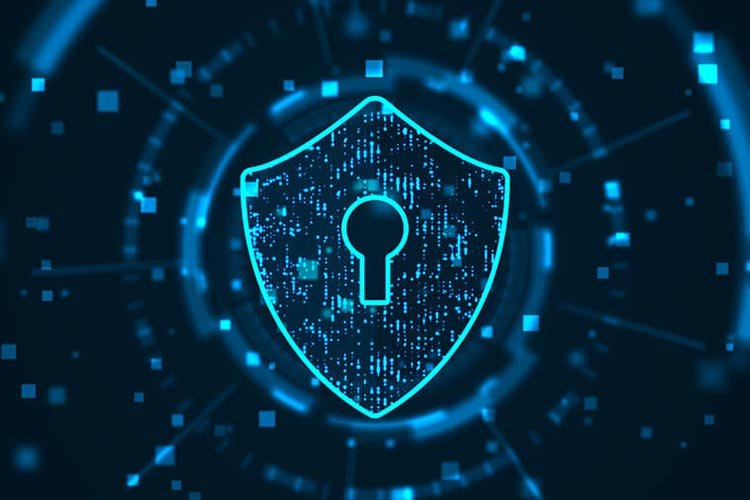
Ransomware is a high-impact threat that encrypts data or disrupts systems to extort payment. Protecting your business requires layered defenses, proactive controls, and a tested response plan. Below are clear, actionable measures organized by prevention, detection, and response.
Prevention — reduce likelihood
- Backup strategy: Maintain frequent, immutable backups with offline or air‑gapped copies. Test restores regularly.
- Patch management: Prioritize and deploy security patches for OS, applications, and firmware promptly.
- Least privilege: Enforce least privilege and role‑based access; remove unnecessary admin rights.
- Multi‑factor authentication (MFA): Require MFA for all remote access, privileged accounts, and SaaS admin consoles.
- Network segmentation: Isolate critical systems and backup storage from general user networks to limit lateral movement.
- Secure remote access: Use VPNs or zero‑trust access solutions; disable legacy RDP or secure it behind MFA and jump hosts.
- Endpoint protection: Deploy EDR with behavioral detection, rollback capabilities, and continuous recording where possible.
- Application control: Use allowlists/whitelisting and restrict execution of unapproved binaries and macros.
- Email defenses: Implement SPF/DKIM/DMARC, robust anti‑phishing filters, and attachment sanitization.
- Supply‑chain security: Assess third‑party risk, require security standards from vendors, and monitor for compromises.
Detection — find intrusions quickly
- Logging & monitoring: Centralize logs (SIEM) and monitor for abnormal behavior such as mass encryption, unusual service stops, or privilege escalations.
- Threat intelligence: Subscribe to relevant feeds and watchlists for ransomware actors and IOCs.
- Endpoint telemetry: Ensure EDR alerts are tuned to detect suspicious file encryption, process injection, and rapid file modifications.
- Honeypots & deception: Deploy decoy files and services that trigger alerts if accessed.
Response — limit impact and recover fast
- Incident response plan: Maintain a documented ransomware playbook with roles, escalation paths, and legal/comms guidance. Run tabletop exercises.
- Containment steps: Isolate affected systems, revoke compromised credentials, and block known malicious infrastructure.
- Forensic preservation: Collect and preserve logs, memory, and disk images for investigation and potential legal use.
- Recovery procedures: Prioritize systems for restore, validate backup integrity, and rebuild compromised hosts from clean images when necessary.
- Communication & legal: Notify stakeholders, regulators, and insurers per policy; coordinate with legal counsel and law enforcement as appropriate.
- Ransom decision framework: Predefine criteria for whether to engage with attackers (including risks, backups viability, insurance, and legal implications); avoid ad‑hoc decisions during crisis.
Resilience & governance — long term
- Backup & business continuity tests: Regularly simulate restores and full-site recovery drills.
- Patch cadence & vulnerability management: Maintain a prioritized remediation pipeline and expose metrics to leadership.
- Cyber insurance & financial planning: Verify coverage for ransomware incidents, understand policy conditions, and pre-approve forensic vendors.
- Third‑party risk management: Enforce contractual security requirements and monitor vendor posture continuously.
- Security awareness: Ongoing phishing simulations and targeted training for high-risk staff (finance, IT, executives).
- Change control & hardening: Enforce secure configurations, disable unnecessary services, and minimize exposed attack surfaces.
Technical hardening checklist (practical quick wins)
- Disable unused RDP and remote administration ports; if needed, place behind MFA and VPN.
- Block known malicious file extensions at the gateway and restrict macro execution by policy.
- Implement EDR with automated containment and rollback where supported.
- Enforce strong password policies and deploy a company password manager.
- Protect backups with separate credentials and network segmentation; restrict backup access to dedicated service accounts.
Post‑incident actions & learning
- Conduct a root cause analysis to understand initial access and lateral movement vectors.
- Patch and remediate the exploited vulnerabilities and close gaps in detection.
- Update the incident playbook and share lessons learned across teams.
- Notify customers and regulators transparently when required; provide concrete remediation steps.
When to engage external help
- If encryption is widespread, containment or forensics expertise is missing, or legal/regulatory complexities arise, engage experienced incident response firms and legal counsel immediately.



Ransomware defense is a continuous program combining prevention, detection, response, and resilience. Prioritize backups, least privilege, MFA, timely patching, and robust logging; test your response plan regularly. Preparedness and layered controls dramatically reduce the chance of payment pressure and speed recovery when incidents occur.